by Sydney Houck, the 2024/25 Florida Conservation Intern for A Rocha USA
In early January, students from Waynesburg University (WU), a small private Christian institution in Pennsylvania, made their way to Titusville, Florida, for a service and learning trip. This trip has been active since 2022, and while it primarily emphasizes marine conservation, students from multiple majors engage in the program, fostering a week of interdisciplinary collaboration.
This year, I worked closely with the students and A Rocha USA’s Lead Scientist, Dr. Robert Sluka, on A Rocha USA’s marine conservation initiatives. Our main project was the study of the Atlantic Mole Crab (Emerita talpoida), colloquially known as sand fleas. A Rocha USA is seeking an understanding of mole crab spatial and temporal abundance across beaches on the Space Coast of Florida.
Waynesburg students shoveling for mole crabs. By Leia Watson.**
Throughout the week, the students lent a hand in data collection by transecting 50-meter sections of beach at eight designated locations and utilizing stainless steel sand rakes to gather mole crabs. The collected organisms were then measured, and reproductive data, such as the presence of eggs, was recorded. The students’ efforts greatly contributed to A Rocha USA’s understanding of mole crab distribution in Florida.
Students also took part in nurdle hunts through the Great Nurdle Hunt established by Fidra, an environmental charity based in East Lothian, Scotland. Nurdles, according to Fidra, are “small plastic pellets about the size of a lentil. Billions are used each year to make nearly all our plastic products, but many end up washing up on our shores.” Data collected from the nurdle hunts supports their initiative to reduce worldwide plastic pollution.
Students also spent a day with Bethune-Cookman University Master’s student Nick Davis to look for pipefish in the Indian River Lagoon (IRL). Pipefish are known for their elongated bodies that aid in camouflage in seagrass. They are in the same family as seahorses and inhabit the IRL seagrass beds. Despite not spotting any pipefish during the survey, the students gathered valuable data by recording a zero-count observation and acquired some experience using water testing equipment.
(L-R) Sydney Houck, ARUSA volunteer Abi Davies, Waynesburg student, and former ARUSA intern Nick Davis.
We also introduced the Waynesburg students to the Atlantic Horseshoe Crab (Limulus polyphemus). This species relies heavily on the Indian River Lagoon during spawning season, and the students were able to visit some of the creature’s main spawning sites. One of the remarkable facts they learned is how the crabs use wind and tidal signals around the full moon to determine the optimal time to begin spawning.
The service and learning trip was not limited to just work. WU students also got to fully immerse themselves in Florida ecosystems by exploring the local springs. The winter months are a special time in Florida, as the springs remain a steady temperature year-round and attract the charismatic manatees. Manatees migrate north during colder months as they seek warmth and can be found in droves in the Florida springs. WU students took a day to visit Blue Springs State Park and had the opportunity to view hundreds of manatees.
Manatees, by Sydney Houck.
This outing was a real treat for all the students, but especially for those who had never seen these gentle giants up close. Marine biology major Virtue Bama reflected, “It was the first time I had ever seen manatees in person. They were majestic and so beautiful to look at. It was a peaceful experience that made me relax and truly appreciate the world that we have.” This unique encounter allowed students to witness the beauty of Florida’s wildlife firsthand, deepening their appreciation for the world that the Lord has gifted us.
“It was the first time I had ever seen manatees in person. They were majestic and so beautiful to look at. It was a peaceful experience that made me relax and truly appreciate the world that we have.”
– Virtue Bama, Waynesburg Student
The trip made space for significant personal growth in the students, demonstrating how their actions translate into real-world impacts and empowering them to live out Waynesburg University’s mission to “make connections between faith, learning, and serving so they might faithfully transform their communities and the world.”
Aleesia Shepard, another of the group’s marine biology majors, observed, “Coming back home, I realized I wanted to practice saving the environment by picking up any trash that’s out. I know I can’t pick up every single one, since it’s everywhere, but it goes a long way, even if I do it by myself.”
Aleesia Shepard, one of the Waynesburg marine biology majors.
This trip impacted those who organized and led it as well. Dr. Christian Hayes, Director of Marine Science at Waynesburg University, has been leading this trip since its inception in 2022. Hayes stated, “my initial goal was to help my marine biology students at Waynesburg University get the opportunity to experience service in a way that connected meaningfully with their majors. This trip does that and a whole lot more.”
The value of this program is becoming increasingly evident to the Waynesburg community. As Dr. Hayes noted, “the experiences WU students have on this trip are highly sought after by many students from all across campus, and it has been exciting to see student anticipation and interest in the trip grow every year.”
The Waynesburg group with a manatee statue at Blue Springs State Park.
The service and learning trip was a familiar experience for some students. This year, Leia Watson, a returnee, took on the role of student leader. Her words make it clear how her repeated experiences with this program have shaped her perspective. “Seeing firsthand the fragility of marine ecosystems,” she said, “the direct impact of human actions (especially plastic pollution), and the dedication of A Rocha’s scientists and volunteers was incredibly powerful. It reinforced my existing belief in the importance of conservation. The trip also challenged my perspective on the role of faith in conservation. A Rocha’s approach, integrating scientific work with a Christian worldview, showed me how deeply intertwined environmental stewardship is with a sense of moral and spiritual responsibility.”
Overall, the Waynesburg students had a fulfilling week serving others outside of their home community. As Dr. Hayes expressed, “It has also been a joy for us to help A Rocha get some practical data collection done in a short amount of time, while also allowing Waynesburg University students to complete their service learning credit.”
Dr. Robert Sluka (Left) leading WU students along the beach.
The trip gave the students tangible examples of what environmental stewardship and service can look like, not only in Florida, but anywhere. Leia Watson put it like this: “A Rocha’s example showed me the power of faith-based environmental stewardship. I want to explore how my own faith tradition can inform my approach to conservation and inspire me to act as a responsible steward of creation.”
** Unless otherwise noted, all photos in this blog are by Leia Watson.

Sydney Houck is a graduate of the University of Mary Washington, where she studied at the esteemed Smithsonian Mason School of Conservation. In 2024, she interned at the REEF Environmental Education Foundation, inspiring students and lifelong learners to explore marine conservation issues. As a 2024/25 intern with A Rocha USA, Sydney deepened her understanding of marine conservation while exploring how to integrate her faith into her future career.

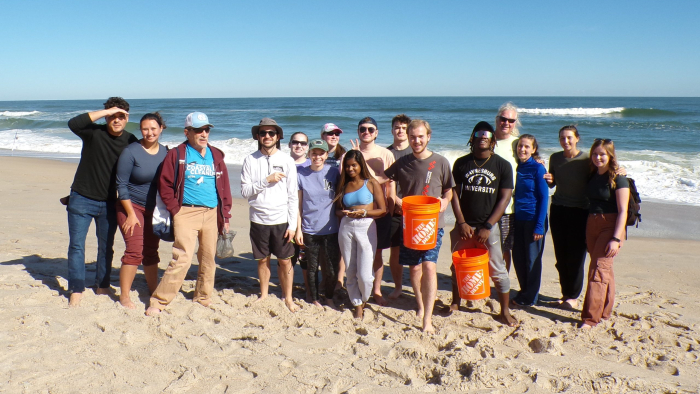
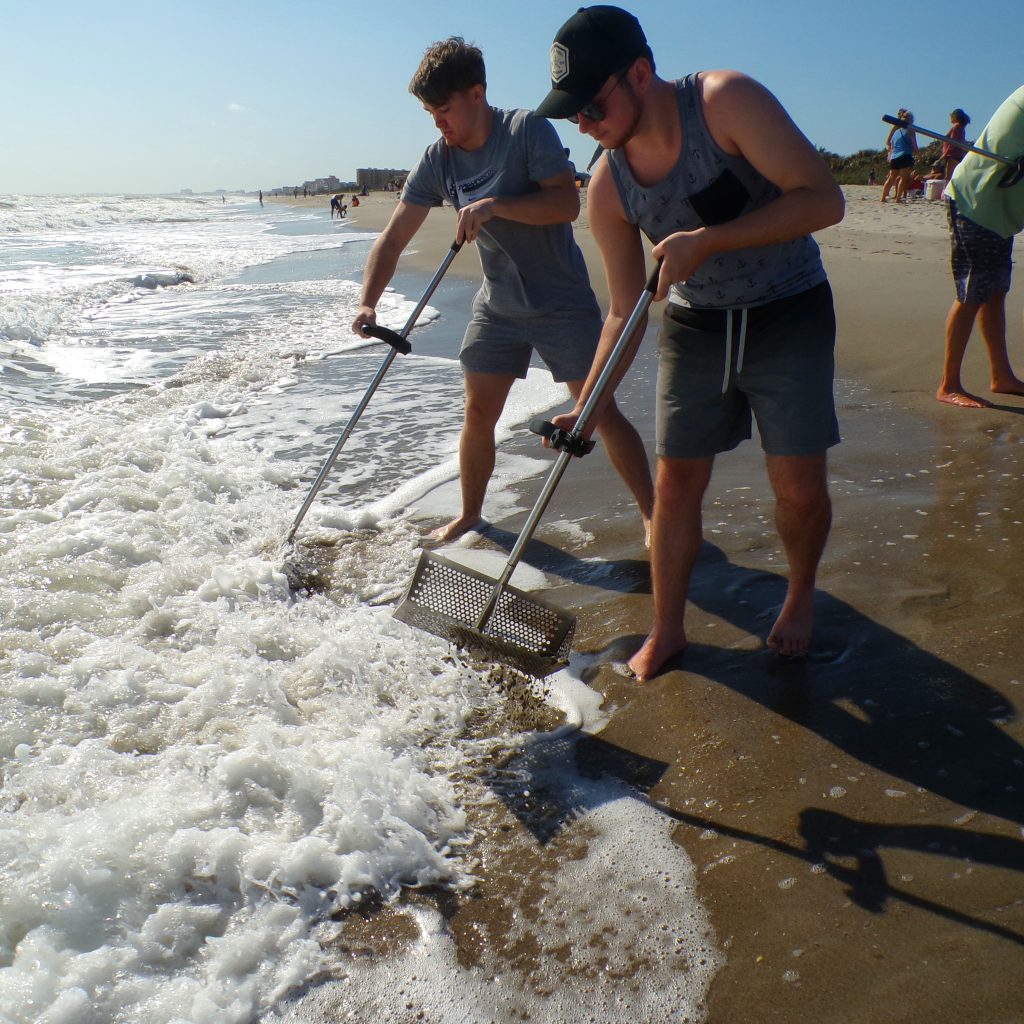
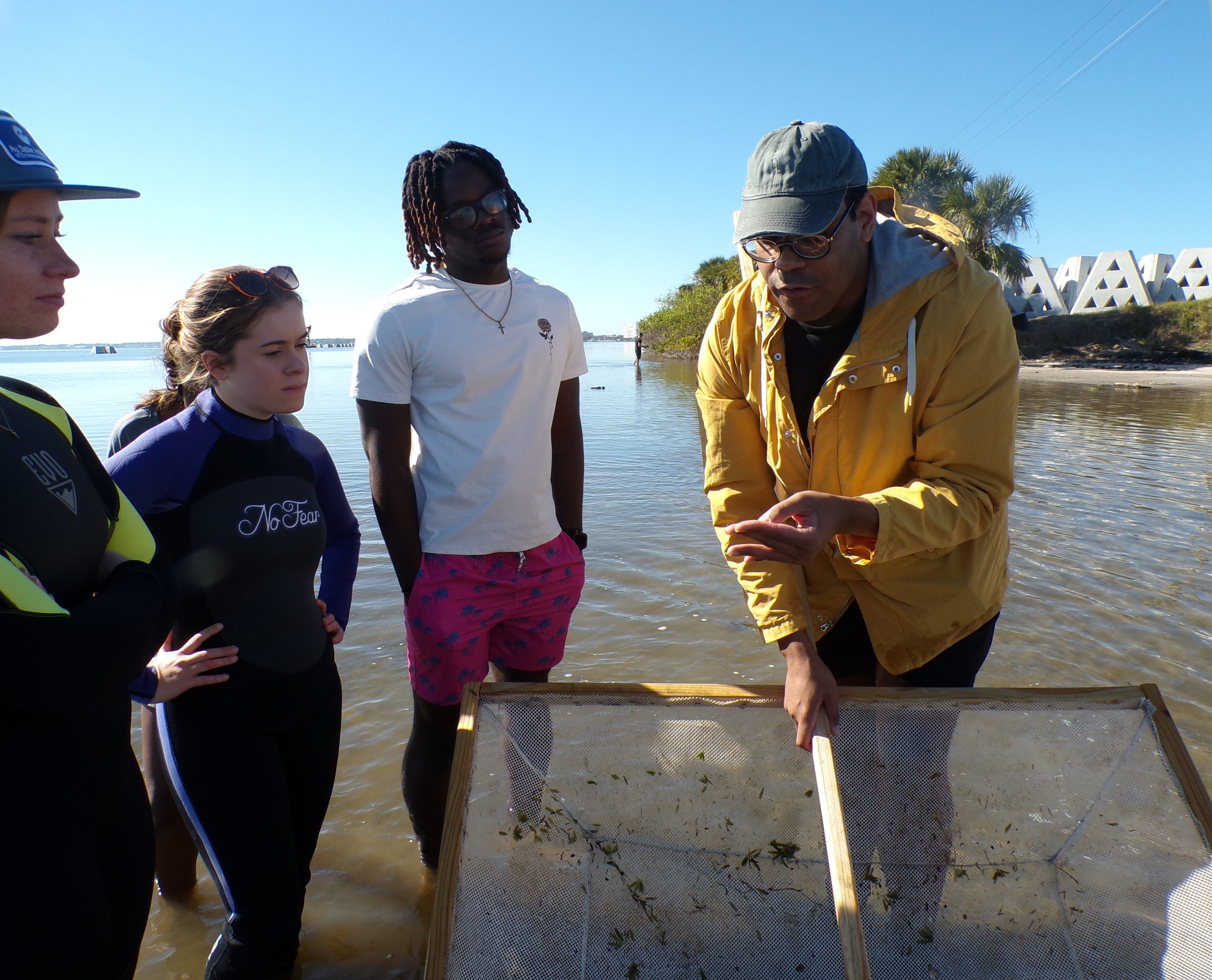
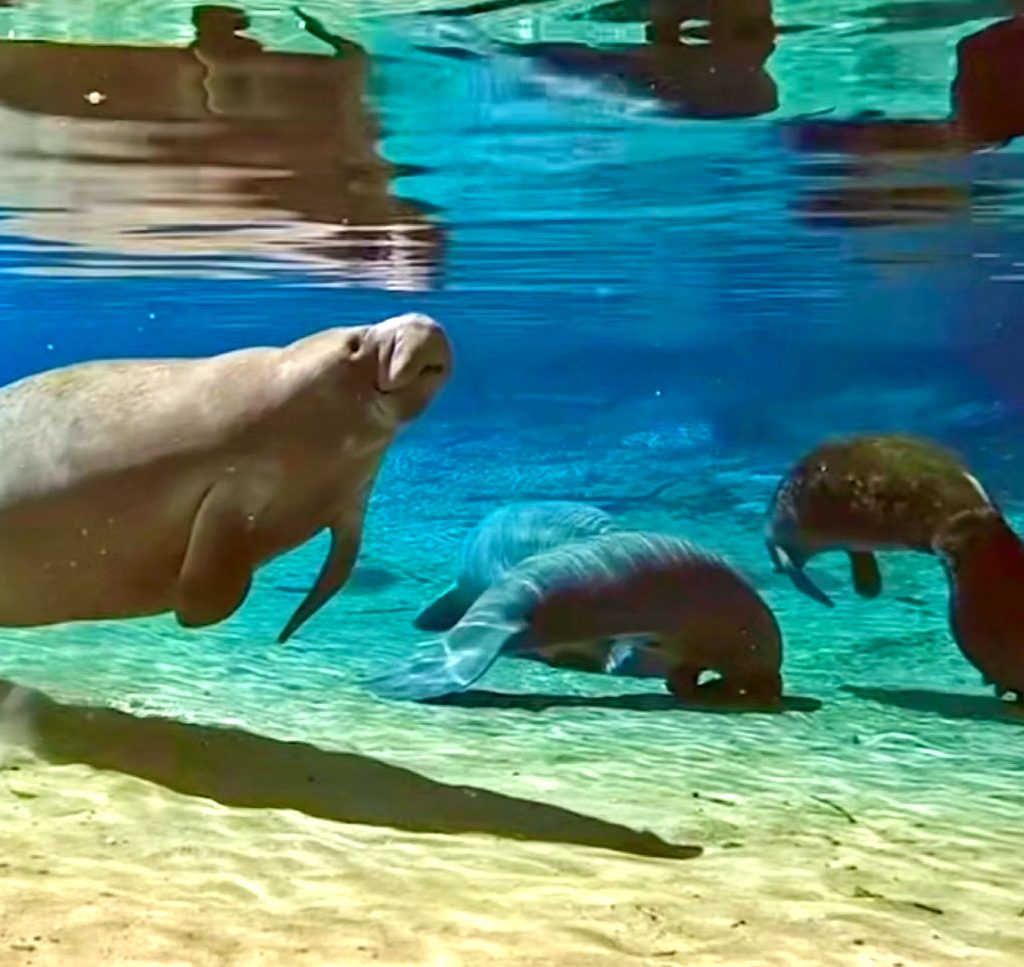
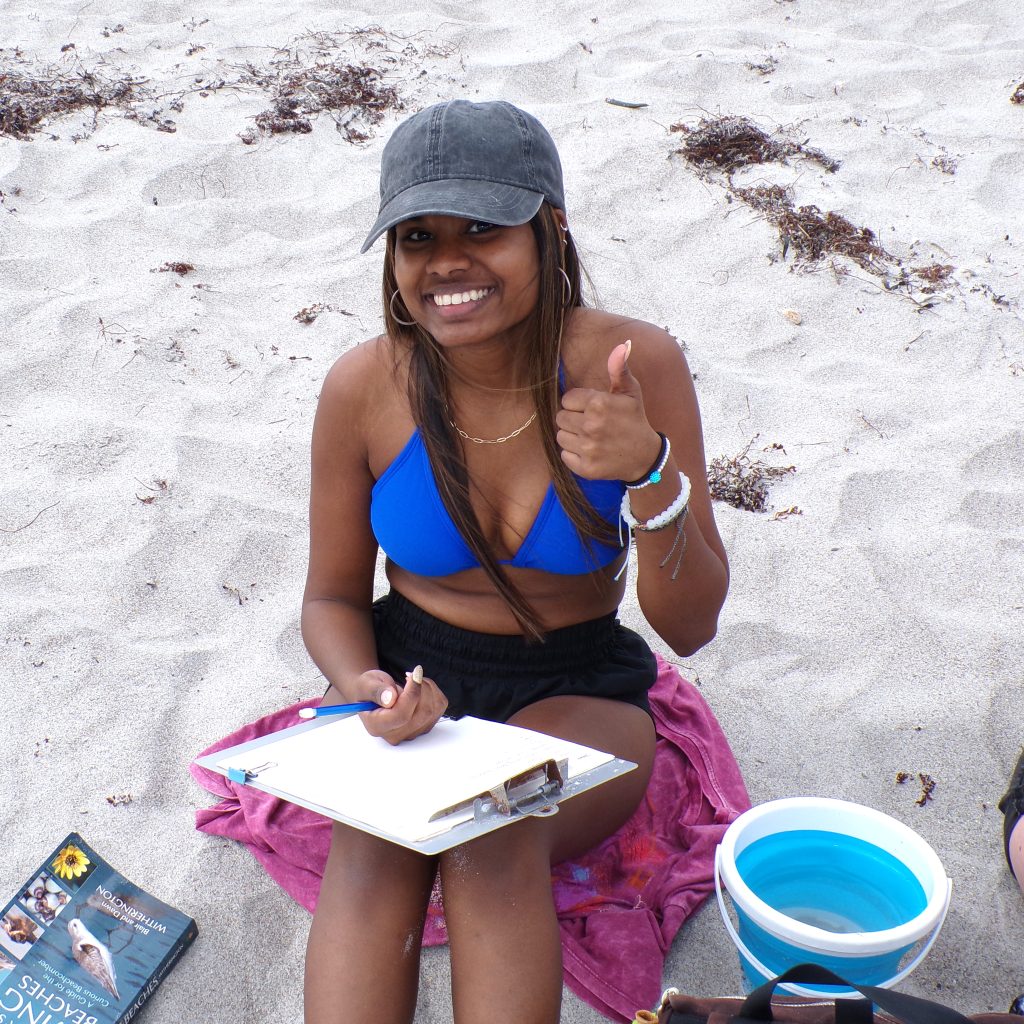
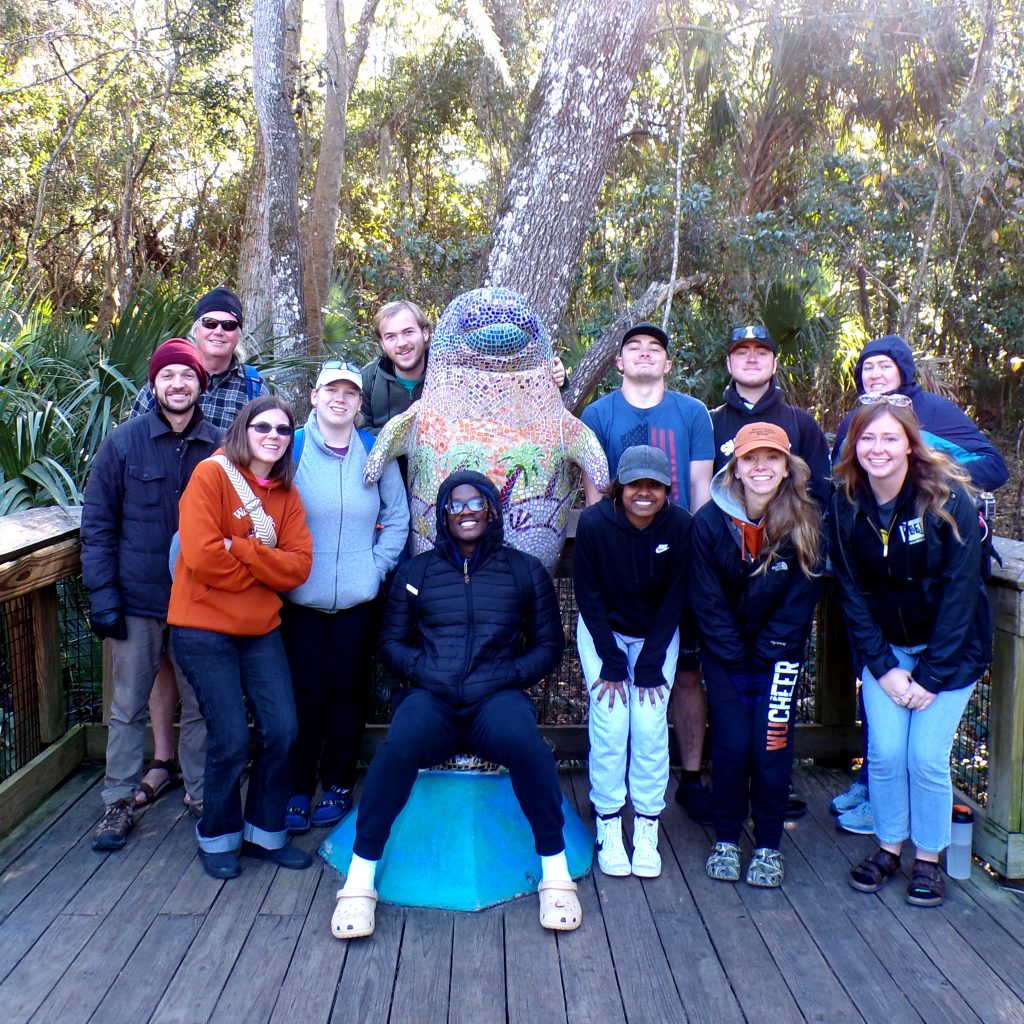
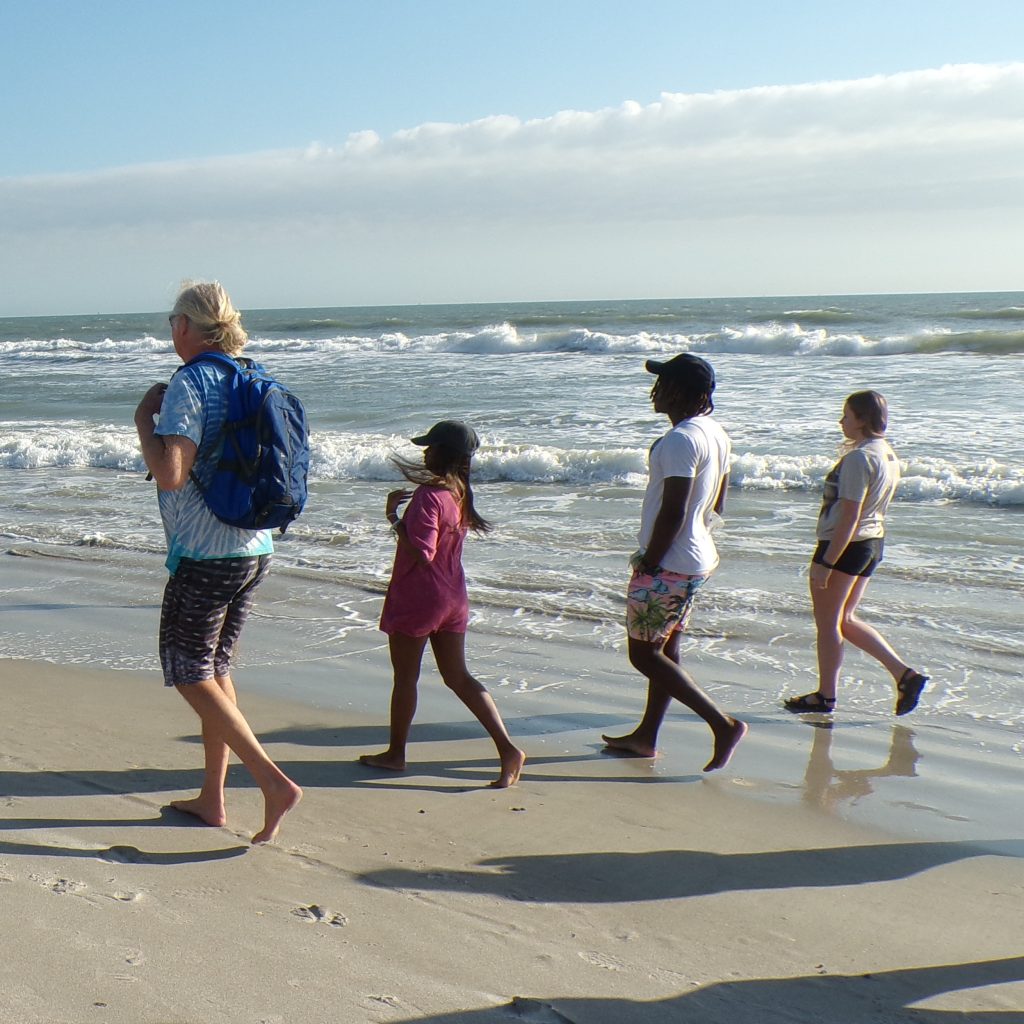






Add a Comment